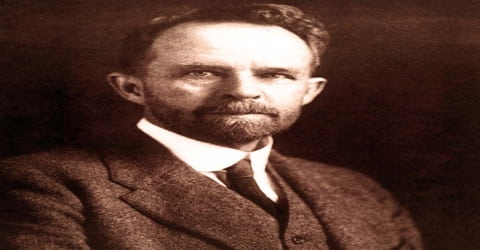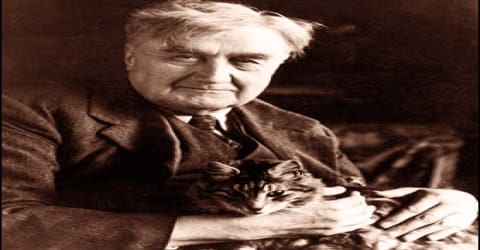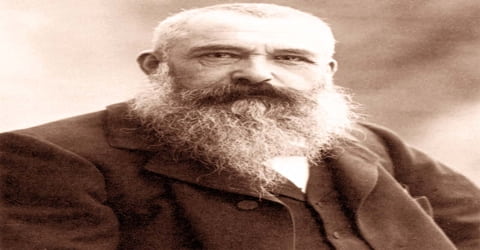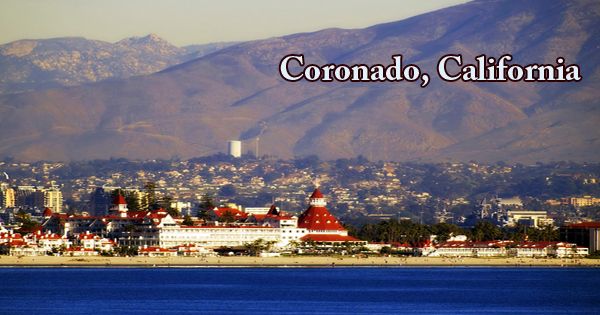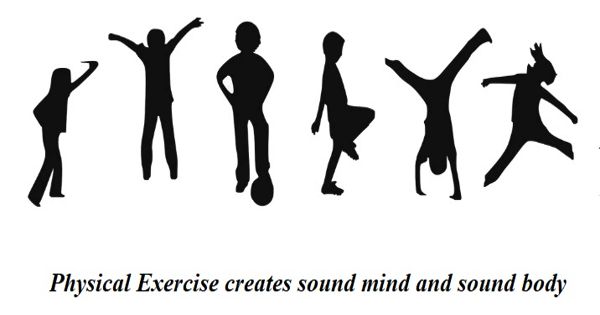Biography of Thomas Hunt Morgan
Thomas Hunt Morgan – American biologist, geneticist, embryologist, and science author.
Name: Thomas Hunt Morgan
Date of Birth: September 25, 1866
Place of Birth: Lexington, Kentucky, United States
Date of Death: December 4, 1945 (aged 79)
Place of Death: Pasadena, California, U.S.
Occupation: Biologist, Author
Father: Charlton Hunt Morgan
Mother: Ellen Key Howard Morgan
Spouse/Ex: Lillian Vaughan Sampson
Early Life
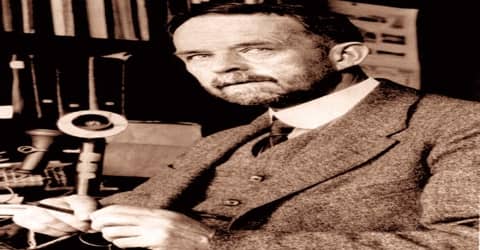
An American zoologist and geneticist, famous for his experimental research with the fruit fly (Drosophila) by which he established the chromosome theory of heredity; Thomas Hunt Morgan was born on September 25, 1866, to a rich, influential southern family in Lexington, Kentucky, United States. He is known for his legendary experimental analysis of the fruit fly, after which he formulated the chromosome theory of heredity. Morgan also demonstrated that genes are connected in a series on chromosomes, which carry hereditary traits, therefore kick-starting the modern field of genetics. He received the Nobel Prize for Physiology or Medicine in 1933.
Morgan developed an early interest in natural history while roaming around in the countryside of Kentucky and later earned his B.S. in zoology. While working for his postgraduate degree at the newly founded Hopkins University he became especially interested in morphology. Although he began his career at Bryn Mawr College his major works were done at the University of Columbia. Here he stressed mainly on evolution and hereditary and worked with ‘Drosophila melanogaster’ (fruit fly) in order to find heritable mutations. After years of painstaking work, he was not only able to integrate Mendel’s theories with the Boveri-Sutton chromosome theory of inheritance, but also provide irrefutable evidence for it. His discovery of the theory of the chromosome began to be compared with the discovery of Galileo and Newton because it represented a great leap and opened the door for further studies. He won the Nobel Prize in Physiology for his discoveries that explained the role played by the chromosome in heredity.
During his distinguished career, Morgan wrote 22 books and 370 scientific papers. As a result of his work, Drosophila became a major model organism in contemporary genetics. The Division of Biology which he established at the California Institute of Technology has produced seven Nobel Prize winners.
Childhood, Family and Educational Life
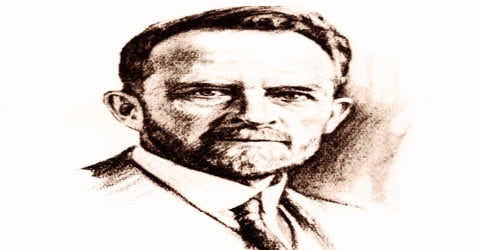
An eminent American zoologist and geneticist, Thomas Hunt Morgan was born on September 25, 1866, in Lexington, Kentucky, the U.S. into an influential family of Southern planters. His father, Charlton Hunt Morgan, was a former Confederate officer. His mother, Ellen Key Howard Morgan, was from Maryland.
Following the Civil War, the family fell on hard times with the temporary loss of civil and some property rights for those who aided the Confederacy. His father had difficulty finding work in politics and spent much of his time coordinating veteran’s reunions. Young Thomas spent a lot of time wandering in the countryside of Kentucky and Maryland, collecting birds’ eggs and fossils. It created in him an interest in natural history, which remained with him till his death.
In 1880, Morgan was admitted to the preparatory department of the College of Kentucky. Then in 1882, he received admission in the main College. As an undergraduate student, he focused on science and enjoyed studying natural history.
In 1886 Morgan received the B.S. degree from the State College of Kentucky (later the University of Kentucky) in zoology and then entered Johns Hopkins University for graduate work in biology. At Hopkins, he studied general biology, anatomy, physiology, morphology, and embryology, laying especial stress to morphology, which he studied under William Keith Brooks. After two years of work with Brooks at Hopkins, he received his M.S. degree from the State College of Kentucky in 1888. After being awarded the Ph.D. in 1890, Morgan remained there a year before accepting a teaching post at Bryn Mawr College. Subsequently, he started working for his postdoctoral at the same institute on Bruce fellowship. It allowed him to travel to Bahamas, Jamaica, and Naples for further research.
Personal Life
On June 4, 1904, Thomas Hunt Morgan married Lillian Vaughan Sampson (1870–1952), who had entered graduate school in biology at Bryn Mawr the same year Morgan joined the faculty; she put aside her scientific work in the early years of their marriage when they had four children. Later she contributed significantly to Morgan’s Drosophila work.
One of their daughters, Isabel Merrick Morgan, later became a virologist at Johns Hopkins University. She became known for her work on the preparation of an experimental vaccine to protect monkeys against polio.
Career and Works
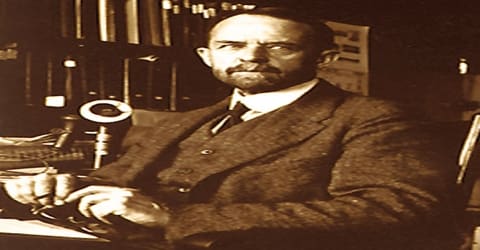
Thomas Hunt Morgan completed his postdoctoral in 1891 and in autumn he was appointed as an Associate Professor of Biology at Bryn Mawr College. There he mainly taught the morphology related subjects. Although he was a good teacher he was more interested in research work. He spent the first few years at the College researching on aquatic animals like sea acorns, ascidian worms, and frogs.
In 1894 Morgan was granted a year’s absence to conduct research in the laboratories of Stazione Zoologica in Naples, where Wilson had worked two years earlier. There he worked with German biologist Hans Driesch, whose research in the experimental study of development piqued Morgan’s interest. Among other projects that year, Morgan completed an experimental study of ctenophore embryology. In Naples and through Loeb, he became familiar with the Entwicklungsmechanik (roughly, “developmental mechanics”) school of experimental biology. It was a reaction to the vitalistic Naturphilosophie, which was extremely influential in 19th-century morphology. Morgan changed his work from traditional, largely descriptive morphology to experimental embryology that sought physical and chemical explanations for organismal development.
During the period 1893-1910, Morgan applied experimental techniques to fundamental problems of embryology. In order to identify causally related events during development, he analyzed such problems as the formation of embryos from separated blastomeres (early embryonic cells) and fertilization in nucleated and nonnucleated egg fragments. As examples of the effects of physical factors, he analyzed the way in which the spatial orientation of eggs affects their future development and the action of salt concentration on the development of fertilized and unfertilized eggs. In 1904 Morgan married one of his graduate students at Bryn Mawr, Lillian V. Sampson, a cytologist and embryologist of considerable skill. The same year, he accepted an invitation to assume the professorship of experimental zoology at Columbia University, where, during the next 24 years, he conducted most of his important research in heredity.
Morgan was made a full professor in 1895. He now began to work on regeneration and development of larva, trying to distinguish between the external and internal causes. In 1897, he published his first book, ‘The Development of the Frog’s Egg’. Subsequently, he began a series of study on the capacity to regenerate in small animals like tadpoles, fish, and earthworms. In 1901, he published his findings in another book called ‘Regeneration’. Sometime now, he also began his research on sex determination. In 1903, he published his third book, ‘Evolution and Adaption’, in which he accepted the process of evolution, but criticized Darwin’s theory of natural selection.
Beginning in 1900, Morgan started working on the problem of sex determination, which he had previously dismissed when Nettie Stevens discovered the impact of the Y chromosome on sex. He also continued to study the evolutionary problems that had been the focus of his earliest work.
Like most embryologists and many biologists at the turn of the century, Morgan found the Darwinian theory of evolution lacking in plausibility. It was difficult to conceive of the development of complex adaptations simply by an accumulation of slight chance variations. Moreover, Darwin had provided no mechanism of heredity to account for the origin or transmission of variations, except his early and hypothetical theory of pangenesis. Although Morgan believed that evolution itself was a fact, the mechanism of natural selection proposed by Darwin seemed incomplete because it could not be put to an experimental test.
In 1908, Morgan started working on ‘Drosophila melanogaster’ (common fruit fly). He began by cross-breeding these flies in order to find heritable mutations. Ultimately in 1910, Morgan found a male fly with white eyes among its red-eyed wild sisters. He then began to cross breed the white-eyed mutant fly with its red-eyed wild sisters and found that the males were always born with white eye while the females mostly had red eye. Although there were exceptions, the work showed for the first time the relationship between hereditary characters and specific chromosome. In fact, the papers Morgan published during 1909 and 1910 reflected his belief that chromosomes might be related to sex determination. However, until then he had not concluded that accessory chromosome X was the actual sex determiner.
Morgan also discovered a pink-eyed mutant that showed a different pattern of inheritance. In a paper published in Science in 1911, he concluded that (1) some traits were sex-linked, (2) the trait was probably carried on one of the sex chromosomes, and (3) other genes were probably carried on specific chromosomes as well. Morgan, along with his team of scientist, then accumulated thousands of mutant flies and began to study their complex inheritance patterns. In 1913, he published his findings in his fifth book, titled ‘Heredity and Sex’. Slowly, he began to accept Mendel’s laws and at the same time continued his research with fruit fly. Ultimately, in 1915, he integrated Mendel’s theories with the Boveri-Sutton chromosome theory of inheritance and provided incontestable evidence for it.
Also in 1915, Morgan wrote a seminal book with Sturtevant, Calvin Bridges, and H. J. Muller. Titled ‘The Mechanism of Mendelian Heredity’, the book is considered to be the fundamental book for the study of new genetics. Morgan next began to concentrate on embryology. He encouraged his students to take up an experimental approach in all fields of biology.
Morgan returned to embryology and worked to encourage the spread of genetics research to other organisms and the spread of the mechanistic experimental approach (Enwicklungsmechanik) to all biological fields. After 1915, he also became a strong critic of the growing eugenics movement. This adopted the ideas of genetics in support of racism and worse. Morgan’s fly-room at Columbia became world-famous, and he found it easy to attract funding and visiting academics. In 1927 after 25 years at Columbia, and nearing the age of retirement, he received an offer from George Ellery Hale to establish a school of biology in California. Although he had by then neared the retirement age he took up the offer enthusiastically and shifted to California in 1928.
Morgan also extensively studied the field of experimental embryology. He knew the hypothetical connections between genetics and development but was rather unwilling at the time to reveal those links explicitly.
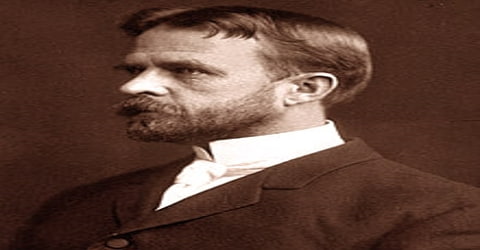
Morgan retired from the institute in 1942 but continued as professor and chairman emeritus until his death. The institution under him became a renowned center of research for experimental embryology, genetics, and evolution, physiology, biophysics, and biochemistry. He also established the Marine Laboratory at Corona del Mar. Concurrently, he also held a number of prestigious positions. For example, from 1927 to 1931 Morgan was the President of the National Academy of Sciences. In 1930 he became the President of the American Association for the Advancement of Science.
Awards and Honor
In 1924, Morgan received Darwin Medal from the Royal Society “For his valuable work in zoology and more especially his researches on heredity and cytology.”
In 1933 Thomas Hunt Morgan was awarded the Nobel Prize for his discovery of “hereditary transmission mechanisms in Drosophila”
In 1939 Morgan was awarded the Copley Medal by the Royal Society of London, of which he was a foreign member.
In 1919, Morgan was made a Foreign Member of the Royal Society of London. He received an honorary LL.D. from John Hopkins University and an honorary Ph.D. from the University of Kentucky.
In 1927-31 Thomas Hunt Morgan served as president of the National Academy of Sciences; in 1930 of the American Association for the Advancement of Science; and in 1932 of the Sixth International Congress of Genetics. He remained on the faculty at Caltech until his death.
Death and Legacy
Thomas Hunt Morgan had throughout his life suffered from a chronic duodenal ulcer. In 1945, when he was 79 years old, he experienced a severe heart attack. Morgan died from a ruptured artery on December 4, 1945, in Pasadena, California, United States.
Morgan is best remembered for his work on chromosome theory of inheritance. His researches with ‘Drosophila melanogaster’ provided incontrovertible evidence for the inheritance theory and made it acceptable to most biologists of the day. In addition, his success with Drosophila also made it one of the most widely used model organism.
Morgan left an important legacy in genetics. Some of Morgan’s students from Columbia and Caltech went on to win their own Nobel Prizes, including George Wells Beadle and Hermann Joseph Muller. Nobel prize winner Eric Kandel has written of Morgan, “Much as Darwin’s insights into the evolution of animal species first gave coherence to nineteenth-century biology as a descriptive science, Morgan’s findings of genes and their location on chromosomes helped transform biology into an experimental science.”
In 1989, Sweden issued a stamp to commemorate his discoveries. The Thomas Hunt Morgan School of Biological Sciences at the University of Kentucky has also been named in his honor.
Information Source:
